- 全部删除
 您的购物车当前为空
您的购物车当前为空
Anti-H1N1 Matrix Protein 1 Polyclonal Antibody
产品编号 TMAB-00824
别名 Influenza A virus(A/California/04/2009(H1N1))Matrix Protein-1, H1N1 M1
Anti-H1N1 Matrix Protein 1 Polyclonal Antibody 是一种 Rabbit 抗体,靶向 H1N1 Matrix Protein 1。Anti-H1N1 Matrix Protein 1 Polyclonal Antibody 可用于 WB。
Anti-H1N1 Matrix Protein 1 Polyclonal Antibody
Anti-H1N1 Matrix Protein 1 Polyclonal Antibody
产品编号 TMAB-00824 别名 Influenza A virus(A/California/04/2009(H1N1))Matrix Protein-1, H1N1 M1
Anti-H1N1 Matrix Protein 1 Polyclonal Antibody 是一种 Rabbit 抗体,靶向 H1N1 Matrix Protein 1。Anti-H1N1 Matrix Protein 1 Polyclonal Antibody 可用于 WB。
| 规格 | 价格 | 库存 | 数量 |
|---|---|---|---|
| 50 μL | ¥ 1,160 | 5日内发货 | |
| 100 μL | ¥ 1,975 | 5日内发货 | |
| 200 μL | ¥ 2,785 | 5日内发货 |
大包装 & 定制
加入购物车
TargetMol 的所有产品仅用作科学研究或药证申报,不能被用于人体,我们不向个人提供产品和服务。请您遵守承诺用途,不得违反法律法规规定用于任何其他用途。
联系我们获取更多批次信息
资源下载
产品介绍
生物活性
抗原信息
化学信息
| 产品描述 | Anti-H1N1 Matrix Protein 1 Polyclonal Antibody is a Rabbit antibody targeting H1N1 Matrix Protein 1. Anti-H1N1 Matrix Protein 1 Polyclonal Antibody can be used in WB. |
| 别名 | Influenza A virus(A/California/04/2009(H1N1))Matrix Protein-1, H1N1 M1 |
| Ig Type | IgG |
| 交叉反应 | Influenza A virus H1N1 |
| 验证活性 | 20 ng Influenza A virus H1N1 Nucleoprotein, C-His per Lane probed with H1N1 Matrix Protein 1 polyclonal antibody respectively, unconjugated (TMAB-00824) at 1:1000 dilution and 4°C overnight incubation. Followed by corresponding conjugated secondary antibody incubation at RT for 60 min. |
| 应用 | |
| 推荐剂量 | WB: 1:500-2000 |
| 抗体种类 | Polyclonal |
| 宿主来源 | Rabbit |
| 亚细胞定位 | Virion membrane. Host apical cell membrane; Single-pass type III membrane protein. Note=Abundantly expressed at the apical plasma membrane in infected polarized epithelial cells, in close proximity to budding and assembled virions. Minor component of virions (only 16-20 molecules/virion). |
| 构建方式 | Polyclonal Antibody |
| 纯化方式 | Protein A purified |
| 性状 | Liquid |
| 缓冲液 | 0.01M TBS (pH7.4) with 1% BSA, 0.02% Proclin300 and 50% Glycerol. |
| 浓度 | 1 mg/mL |
| 研究背景 | Influenza A virus is a major public health threat. Novel influenza virus strains caused by genetic drift and viral recombination emerge periodically to which humans have little or no immunity, resulting in devastating pandemics. Influenza A can exist in a variety of animals; however it is in birds that all subtypes can be found. These subtypes are classified based on the combination of the virus coat glycoproteins hemagglutinin (HA) and neuraminidase (NA) subtypes. During 1997, an H5N1 avian influenza virus was determined to be the cause of death in 6 of 18 infected patients in Hong Kong. There was some evidence of human to human spread of this virus, but it is thought that the transmission efficiency was fairly low. HA interacts with cell surface proteins containing oligosaccharides with terminal sialyl residues. Virus isolated from a human infected with the H5N1 strain in 1997 could bind to oligosaccharides from human as well as avian sources, indicating its species jumping ability. |
| 免疫原 | KLH conjugated synthetic peptide: H1N1 Matrix Protein 1 |
| 基因名称 | NP |
| 蛋白名称 | Nucleoprotein |
| 研究领域 | Influenza,Viral Protein |
| 功能 | Forms a proton-selective ion channel that is necessary for the efficient release of the viral genome during virus entry. After attaching to the cell surface, the virion enters the cell by endocytosis. Acidification of the endosome triggers M2 ion channel activity. The influx of protons into virion interior is believed to disrupt interactions between the viral ribonucleoprotein (RNP), matrix protein 1 (M1), and lipid bilayers, thereby freeing the viral genome from interaction with viral proteins and enabling RNA segments to migrate to the host cell nucleus, where influenza virus RNA transcription and replication occur. Also plays a role in viral proteins secretory pathway. Elevates the intravesicular pH of normally acidic compartments, such as trans-Golgi network, preventing newly formed hemagglutinin from premature switching to the fusion-active conformation. |
| 分子量 | Theoretical: 28 kDa. |
存储&运输
| 储存方式 | Store at -20°C or -80°C for 12 months. Avoid repeated freeze-thaw cycles. |
| 运输方式 | Shipping with blue ice. |
计算器
SCI 文献
评论列表
Related Tags: buy Anti-H1N1 Matrix Protein 1 Polyclonal Antibody | purchase Anti-H1N1 Matrix Protein 1 Polyclonal Antibody | Anti-H1N1 Matrix Protein 1 Polyclonal Antibody cost | order Anti-H1N1 Matrix Protein 1 Polyclonal Antibody | Anti-H1N1 Matrix Protein 1 Polyclonal Antibody molecular weight







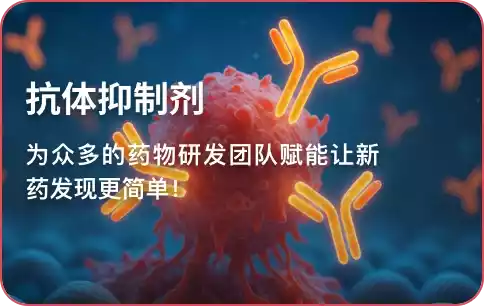


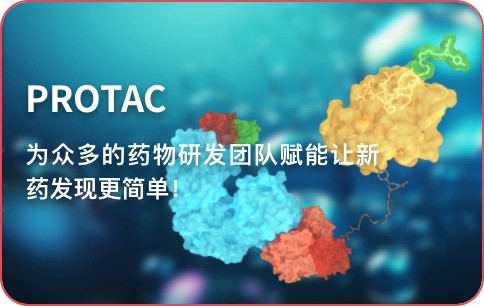





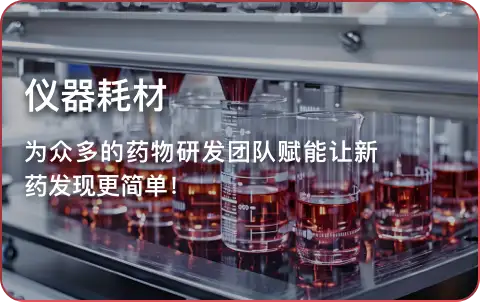
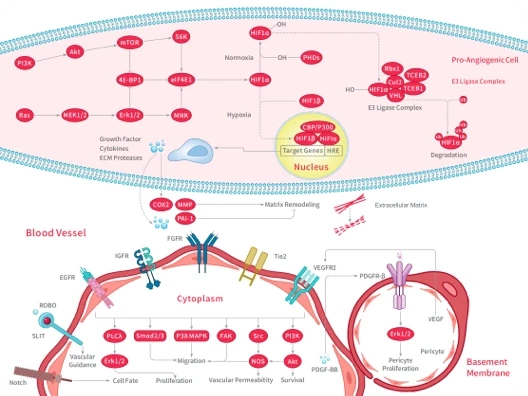
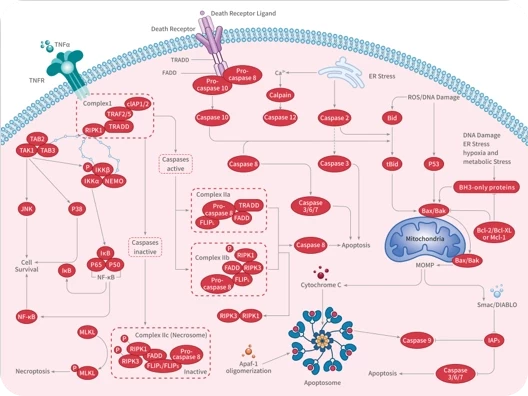
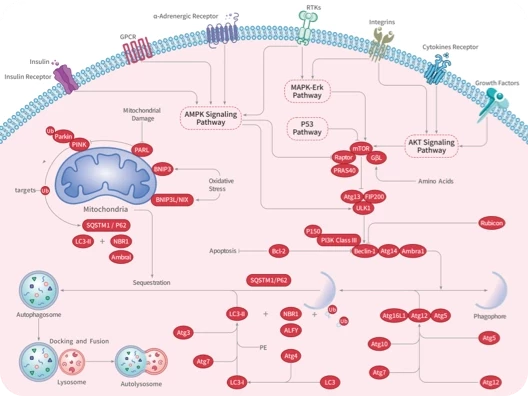


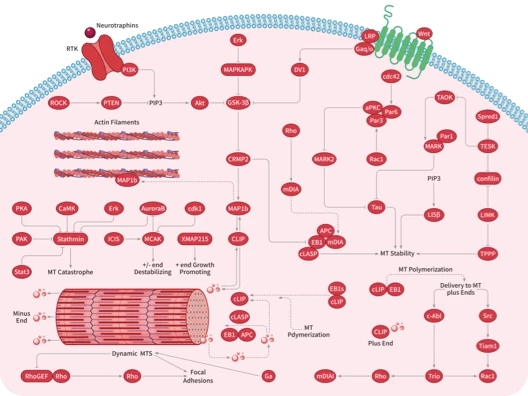
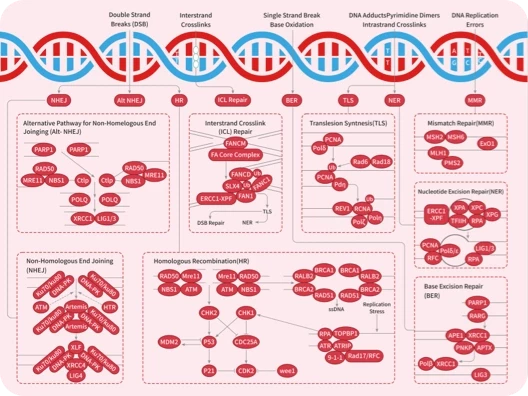

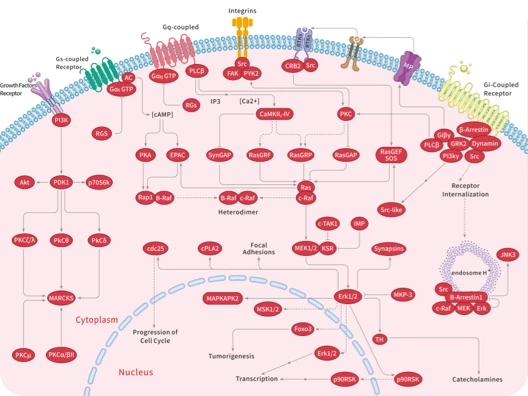
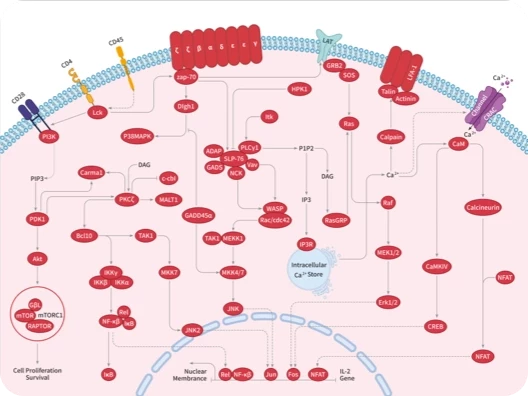
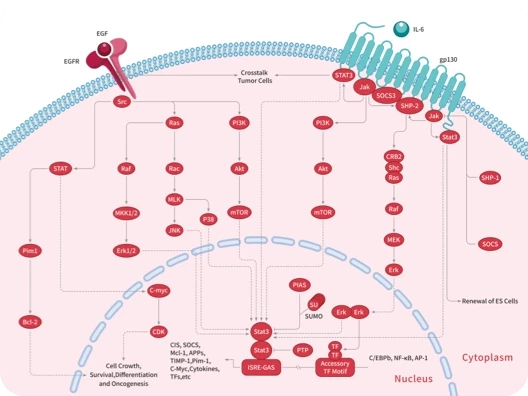
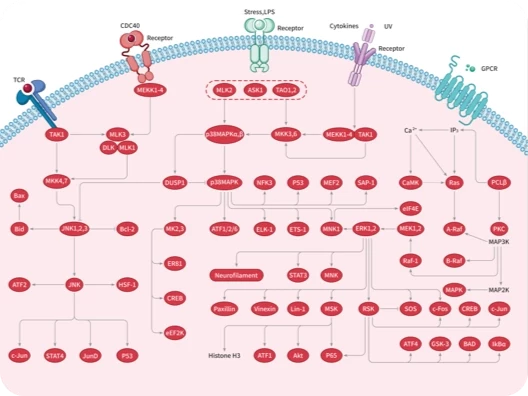


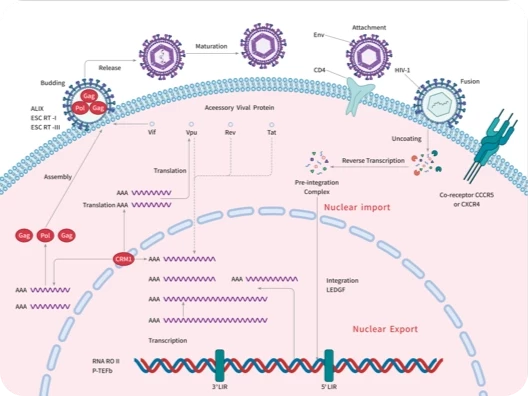

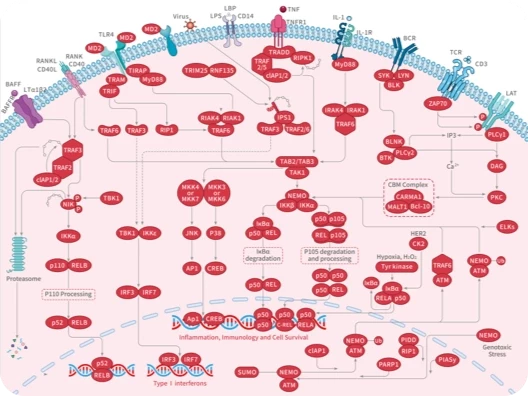
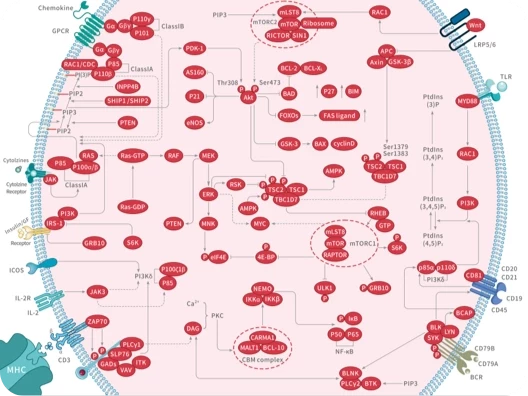
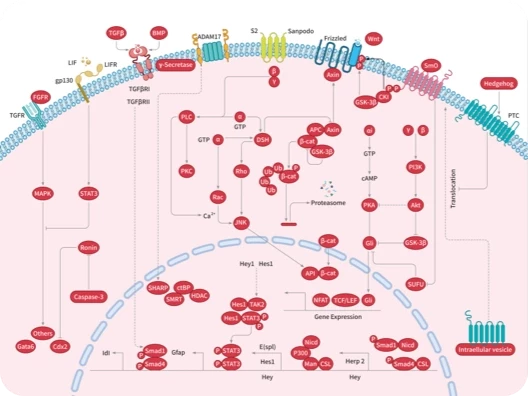

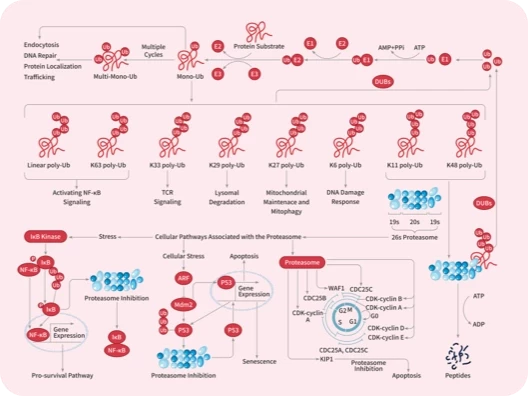


 还可以
还可以


评论内容